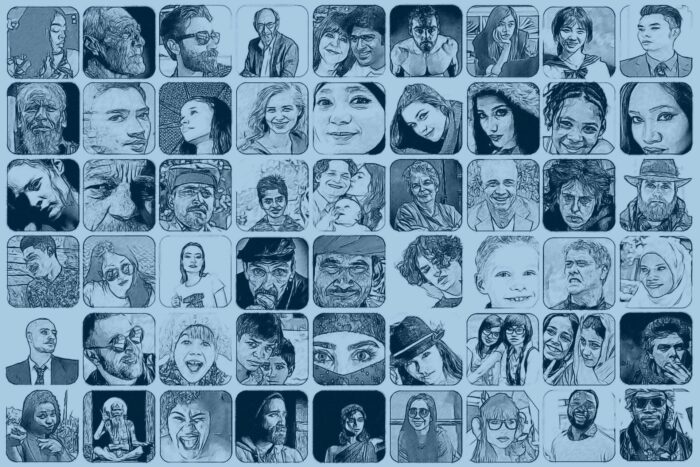International Day of Persons with Disabilities (IDPWD)
Published onIn 1992, the United Nations General Assembly launched the International Day of Persons with Disabilities (IDPWD). The purpose of this day is to promote an understanding of the issues that people with disabilities face. At the same time, IDPWD seeks to increase an accessible and inclusive environment for people with disabilities.
Braille Works is “Making the World a More Readable Place™” for people with visual and reading disabilities, such as dyslexia. We think IDPWD is the perfect day to increase awareness and share accessible document solutions for everyone.
Understand the Facts about Visual and Neurological Disabilities
Did you know 43 million people across the globe live with blindness and 295 million people have a moderate-to-severe visual impairment? In the United States, approximately 1 million adults live with blindness, and 18 million adults have significant vision loss. Plus, there are over 40 million adults in America who have dyslexia. That’s why your organization needs to understand your clients’ and potential clients’ needs for accessible documents.
Visual and Neurological Disabilities
Many factors contribute to blindness and vision loss. The most common eye disorders are refractive errors, macular degeneration, cataracts, diabetic retinopathy, and glaucoma. Genetic conditions and accidents can also lead to visual disabilities.
Dyslexia and other neurological disabilities can affect a person’s ability to process standard print. It also affects their overall ability to read and write. These are hidden disabilities because one cannot identify dyslexia or other neuro-based disabilities simply by looking at or speaking with someone.
Accessible Communication Promotes Inclusion
You might be wondering, how can someone with a visual disability read standard print materials? The answer is simple. They read with the use of modifications and accommodations. Sound confusing? Well, the truth is it’s pretty simple. Technology and innovation have made life easier for many of us. Plus, for a person with a visual disability, the world has become accessible through these innovations.
Your organization can help Make the World a More Readable Place™ for people with visual and neurological disabilities just by ensuring accessible communications are readily available. Here are a few ways to make communications accessible that will make you a champion for people with visual disabilities and blindness while keeping you legal in the process.
Digital Accessibility
According to federal and state laws, businesses must provide accessible documents when a person with a disability asks. But did you know that almost all digital communication, including attachments to websites and emails, must be accessible even before an individual requests an accessible version? Case law supports this.
You can successfully implement digital accessibility in your organization by following the Web Content Accessibility Guidelines (WCAG). These guidelines identify how to make websites, apps, and other digital content—like PDFs—accessible to people with disabilities.
Document Accessibility
People with visual and neurological disabilities often need an alternative to standard print. For example, printed materials like menus, billing statements, and healthcare documents are difficult or impossible to read with these disabilities.
Having alternative format documents on hand or available upon request allows people to retain their independence and also read your content in the easiest way for them.
Braille, large print, and audio are the most commonly requested formats.
Make a Difference
On this International Day of Persons with Disabilities, we hope that you have learned just how important it is to make a difference in the lives of millions of American adults. Providing accessible documents not only opens your organization to millions of new customers but also shows people with disabilities, and the world, that you care.
Categorized in: Accessibility, Informational, Uncategorized
This post was written by





Comments are closed here.